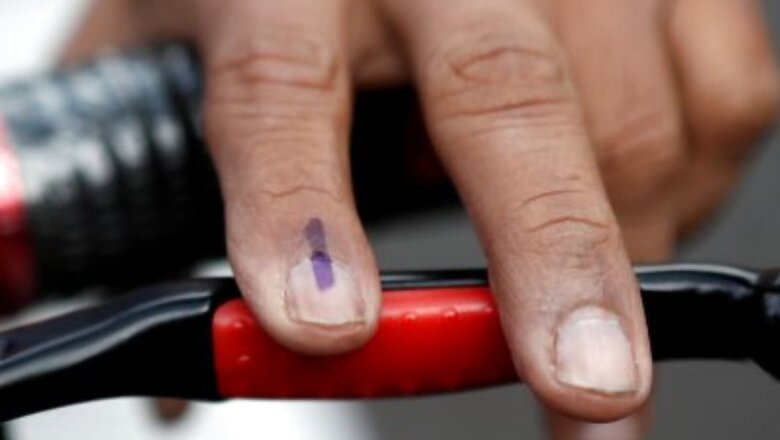
views
On January 21, 2022, Manipur marked the fiftieth anniversary of becoming a “fully-fledged” state of India. It was born in hubris displayed by an enveloping India. And as this gateway state, a pivot for India’s so-called Act East Policy, nears general elections to its assembly over two days in late-February and early-March, it remains trapped by hubris.
Manipur’s infrastructure remains in shambles. Corruption remains endemic—as repeatedly, and ironically, recorded by government data. It remains awash in nationalistic dye—both Manipuri and Indian. Its politically leveraged ethnic stew is the stuff of policy-and-practice nightmares and has proved to be inimical to peace. Manipur remains the home to the largest number of rebel groups in India: active, in ceasefire, or of that peculiar state endemic to Manipur: Suspension of Operations.
It’s a story of an entirely avoidable malaise. Recent history is essential to understand this.
When Manipur was formally declared a state of India in 1972 it set Manipuri nationalists on edge mainly on account of the attitude and optics of that announcement.
Aesthetic publicity posters for the inauguration showed classic, if somewhat stereotypical, majoritarian Meitei symbols. A Manipuri dancer of the Raas Leela form was the centrepiece. This late-18th century form is credited to the court of a Meitei king, Bhagya Chandra, who reigned a few decades after Hinduism was mandated as the state religion by King Pamheiba.
The dancer in the poster was accompanied by far older symbols. The mythical Kangla-sha, a creature with a lion’s body and a dragon head, sacred to Meitei heritage, and the ancient practice of Sanamahi—that Pamheiba sought to demolish—was to her right. To the dancer’s left was coiled Pakhangba, the dragon-snake central to the Meitei origin myth for both religion and royalty.
The legend read: ‘Manipur. A New State Inaugurated by Prime Minister Smt. Indira Gandhi.’
While it was pitch-perfect for a prime minister fresh from a stunning military victory with the surrender of a huge contingent of Pakistan’s armed forces in East Pakistan-now-Bangladesh, the poster was tone deaf in two significant ways.
First, it portrayed the centrality of Meitei culture and people to the exclusion of all other peoples of the state—the Naga, Kuki and Zomi citizens of Manipur who today account for about 40 per cent of the population and whose homelands occupy the hilly nine-tenths of the state. (This demographic accounts for the hills having 20 seats in Manipur’s Assembly compared to 40 for the plains—a skew that has also translated, as the hill tribes claim, into a majoritarian plains-Meitei development and securing of government jobs.)
And second, the ‘new state’ the government of India and its outreach announced was actually an old state. The name Manipur dates from the time of the formal ingress of Hinduism, which predates both the British Indian empire and the spread of the East India Company in the subcontinent. Manipur existed as a kingdom and confederacy that traces its origin to the early centuries of the Common Era, and was over time known by several names—Kangleipak being the most prominent.
The kingdom of Manipur segued to complete British control after the Anglo-Manipur war of 1891. On October 15, 1949, Manipur formally merged with India—an act by the last king of Manipur, Bodhchandra, who signed a treaty of accession with India on September 21 that year. Both dates and events remain riotously controversial. They are interpreted by Meitei nationalists as Bodhchandra having been pressured by a newly-independent India with an or-else signing ceremony in Shillong, where Manipur’s royals maintained a residence.
Bodhchandra signed what is known as the Manipur Merger Agreement with V.P. Menon, who was at the time secretary in the ministry of states and, alongside Vallabhbhai Patel, tasked with integrating—sometimes with unabashed pressure—the several hundred kingdoms and ‘princely states’ into the Indian dominion.
Manipur remained a relatively minor state within the union for several years. In 1956 Manipur was redesignated a Union Territory, governed directly by the central government under the direct administrative control of the home ministry before being made a state in 1972 with full federal privileges and powers—on paper, at any rate.
“It is our wish,” Indira Gandhi announced somewhat imperiously at the formal inauguration, “that Manipur may shine like a gem and impart beauty to the whole of India.”
Indira had been pushed to make even that concession because by that time Manipuri nationalist resistance—the forerunner of the many subsequent rebel groups—had flamed on. Statehood, dignity and federal autonomy were primary demands.
I came by this recap of the times from a digital archive of Manipur Police records:
“During 1969–70, the demand for statehood of Manipur became violent. A black flag demonstration was also staged before the Prime Minister of India, Smt. Indira Gandhi on 23rd September 1969 when she visited Imphal. The police had to open fire to control the mob. During this period, the subversive revolutionary groups also came out with different names. The Police had a tough time in controlling the activities of Meitei State Committee and R.G.M. (Revolutionary Govt. of Manipur), in addition to handling the agitation for statehood by different political parties and students …”
Administrative heavy-handedness followed even after 1972, and continued even after Indira’s electoral ouster in 1977 during the Janata coalition years, and picked up upon her electoral return to helm India in 1980. That was also the year AFSPA, or the Armed Forces (Special Powers) Act, 1958 was extended to Manipur.
Every successive central government, led by the Congress and the Bharatiya Janata Party—with a chaotic coalition interlude in 1996-1998—has perpetuated systemic breakdown in Manipur. They have also supported the application of AFSPA, which provides India’s army and its adjuncts like Assam Rifles both impunity and immunity in conducting searches and operations. Manipur Police, an elite commando force which was transformed into a hit squad during the three-term tenure of Okram Ibobi Singh of the Congress which ended in March 2017, also rode on the coattails of this impunity and immunity that has repeatedly been called to question and censure by the Supreme Court.
The impact of such administration and perpetuation of an economy of conflict that has remained preferable over an economy of peace, has led to immense decades-long collateral damage, both physical and emotional, on Manipur’s citizens. Manipur’s myriad rebel groups have naturally leveraged this—and in this they were also helped along by hard-line elements in Bangladesh’s security establishment particularly in the 1980s and 1990s. Today the rebels retain the support of Myanmar’s army and establishment. Indeed, all of Manipur’s rebel groups either have, or continue to find, sanctuary across the border in Myanmar, for a consideration in money and odd-jobs for the Tatmadaw, Myanmar’s armed forces establishment.
Several of these groups have since 2012 coalesced into CorCom, or Coordination Committee. The United National Liberation Front (UNLF), Revolutionary People’s Front (RPF has as its armed wing the PLA or People’s Liberation Army), Kanglei Yawol Kanna Lup (KYKL) form the trinity in this grouping. CorCom, as a collective and as individual entities, has allied with the National Socialist Council of Nagaland – Khaplang or NSCN (K) and the United Liberation Front of Asom (Independent), to conduct operations against India’s army and paramilitaries. They too have accounted for numerous civilian casualties.
Since 2015 matters have been further complicated by the high-optics announcement of the Naga peace deal in August that year in the presence of Prime Minister Narendra Modi. That deal remains far from concluded. A key part of the reason is that any peace settlement will necessarily include the Naga homelands in Manipur—which leads to enduring suspicion among the non-Nagas that territory or administrative control will be ceded. Another reason: any accommodation to Nagas could be interpreted as a climbdown by BJP’s main vote bank in Manipur, the majority Meitei. That clouded the electoral calculus in 2017. It remains part of the electoral calculus in 2022.
Manipur’s incumbent chief minister, Nongthombam Biren Singh of the BJP—a former Ibobi protégé who switched sides in late-2016—inherited and in several ways perpetuated this collective malaise. Indeed, he has added a new dimension, an aggressively nationalistic one. It ranges from a clampdown on criticism, to his public affirmation in January of AFSPA, and an attempt—which has incensed numerous Manipuris—of trying to link Manipur to Indian mythology, particularly the Mahabharata.
Irrespective of who or which political entity governs the state from mid-March 2022, Manipur’s agonies will be far from addressed, its fires far from being doused.
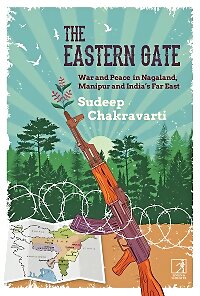
Read all the Latest Opinion News and Breaking News here










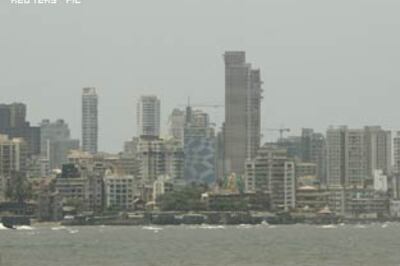
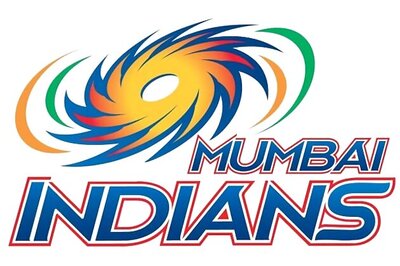

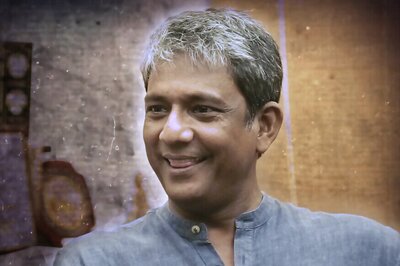






Comments
0 comment